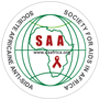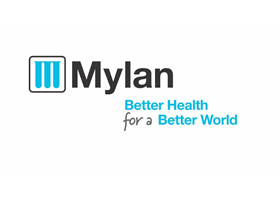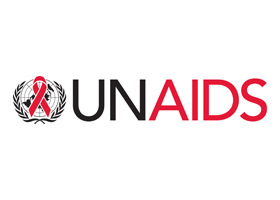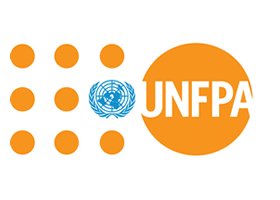Time: 10.45 to 12.15
Venue: MH2
Dr. Stephanie Psaki discussed about the shifts in gender norms and partner violence in South Africa's informal settlements: positive results from a randomised controlled trial of the Asibonisance community responses program. Their study finding showed that comparatively little is known about HIV risk and prevention and access to care and treatment among those living in informal settlements in South Africa. The Abisonisance community _based HIV and SGBV prevention program focused on reducing social/structural barriers to HIV prevention and identifying participant catalyzed behavior change. Community members, mainly males, reported improved HIV prevention behavior: they decreased their number of partners and increased condom use. Women reported at baseline, 20% experiencing emotional violence and 22% experiencing physical violence. Also, 59% of men and 23% of women strongly agreed that a woman should obey her partner in all things. The Abisonisane program led to positive shifts these reported gender norms and violence.
Sarah Magni discussed her abstract titled: Predictors of Transactional Sex in Men Living I Urban Informal area, South Africa. She noted that transactional sex is a driver of HIV infection in women in sub-Saharan Africa. These are non-commercial, non-marital sexual relationships motivated by implicit assumption that sex exchanged for materials, goods or other benefits. The high prevalence of transactional sex by women may be due to gender norms and constructions of masculinities. As a recommendation, HIV prevention programs should address transactional sex in the context of masculinity that promotes control of women in relationship.
Kayihura Aline spoke about socio-economic status and HIV viral suppression in an urban health center in Rwanda. She noted that the influence of socio-economic factors on viral suppression has been studied mainly in high income countries. A systematic review shows that socio-economic factors affect food insecurity, housing status and viral load suppression. They studies the association between socio-economic status and viral suppression in people living with HIV initiated on ART in an urban health center in Kigali. Study participants were categorized into four using the Ubudehe socio-economic categorization used by the Rwanda welfare program. The study showed that those with the highest socio-economic status – those who own large scale business, individuals working with international organizations and industries as well as public servants – were associated with the worse virological outcomes.
Yunia Mayanja’s presentation was titled uptake of combination of behavioural HIV prevention methods among adolescent girls and young women involved in sex work in Kampala Uganda. Adolescents are priority group in HIV prevention and treatment. Worldwide, the majority of young people living with HIV are in low and middle income countries with 85% in sub-Saharan Africa. By age and sex, new HIV infections highest among adolescent girls and young women15-24 years old. A higher proportion of Ugandan adolescent girls and young women in the study were involved in high risk sexual behavior. The uptake of a combination of two behavioral methods for HIV prevention was low despite study evidence that suggests high exposure to structural risk factors for HIV infection.














